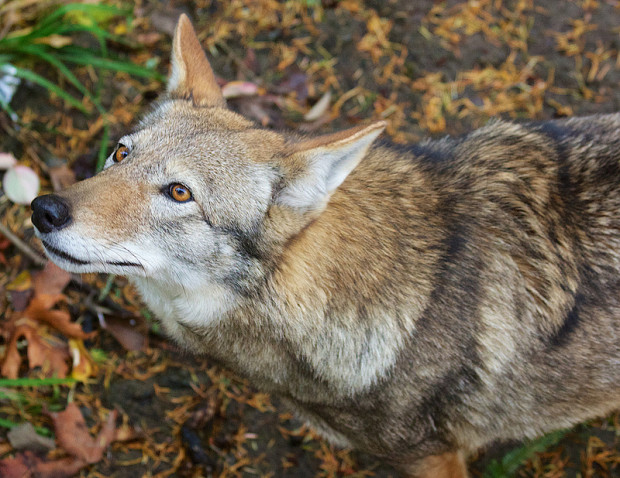We have much more to do and your continued support is needed now more than ever.
Endangered Red Wolves Need Our Voice Today
Red wolves exist in the wild in only one place on earth—the Albemarle Peninsula near the outer banks of North Carolina.
After going completely extinct in the wild and being carefully reintroduced and conserved, today 90-100 red wolves now make their homes in the forests and marshes of eastern North Carolina.

Over the past few months, more than 33,000 National Wildlife Federation wildlife advocates have sent messages urging their members of Congress to help provide much-needed funding for red wolf conservation programs.
But now, the U.S. Fish and Wildlife Service is considering whether to terminate the red wolf reintroduction program altogether in eastern North Carolina.
The red wolf reintroduction program in eastern North Carolina has been described as one of the most successful endangered species reintroduction programs in history. Already an endangered species, red wolves cannot afford to have this vital program cut.






















